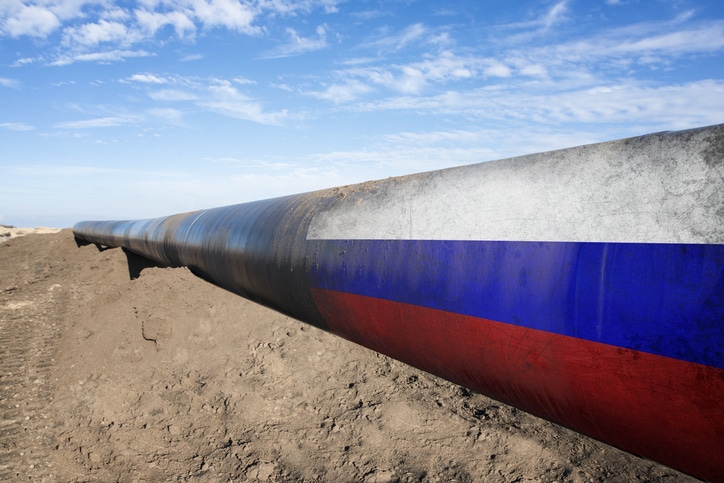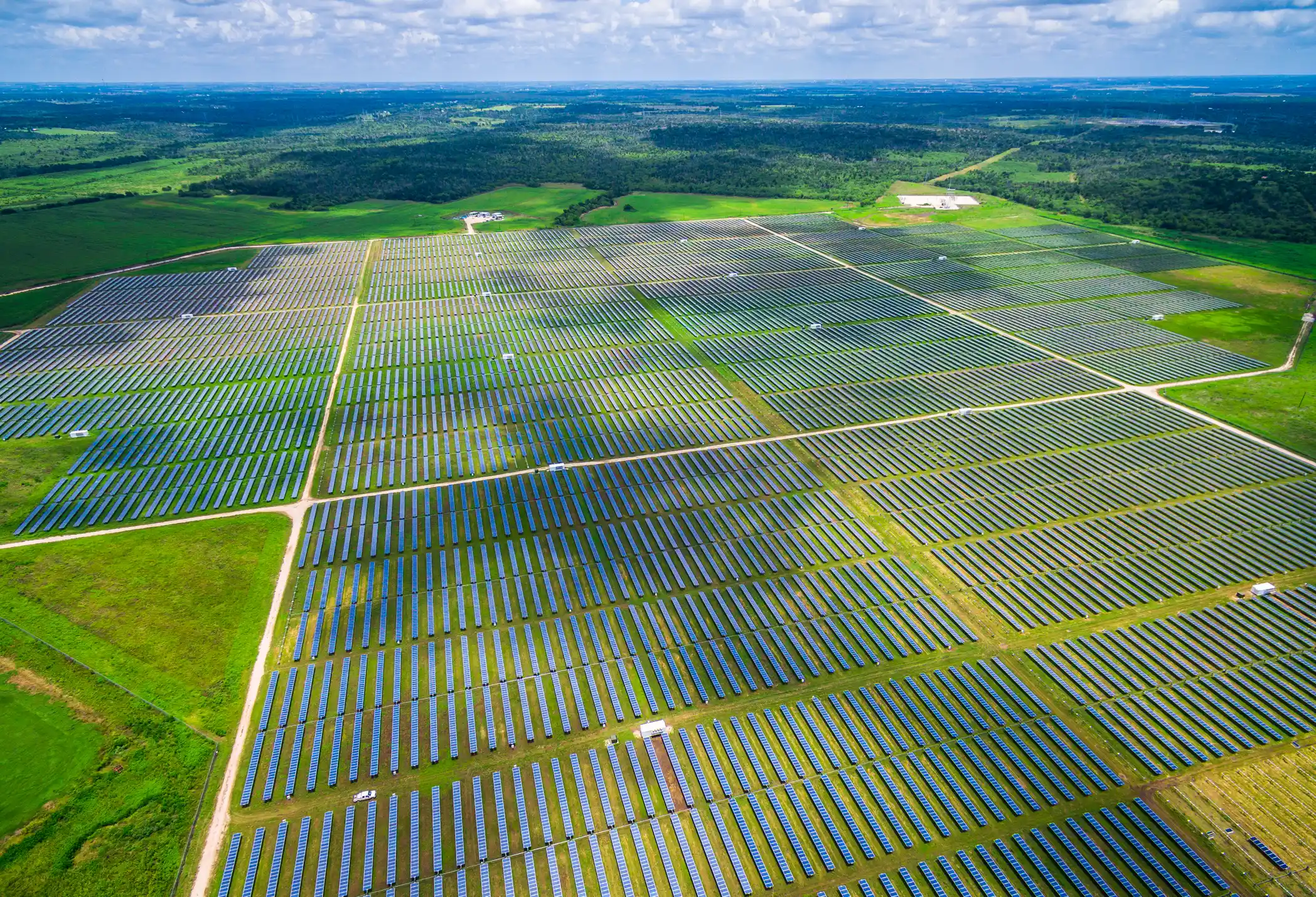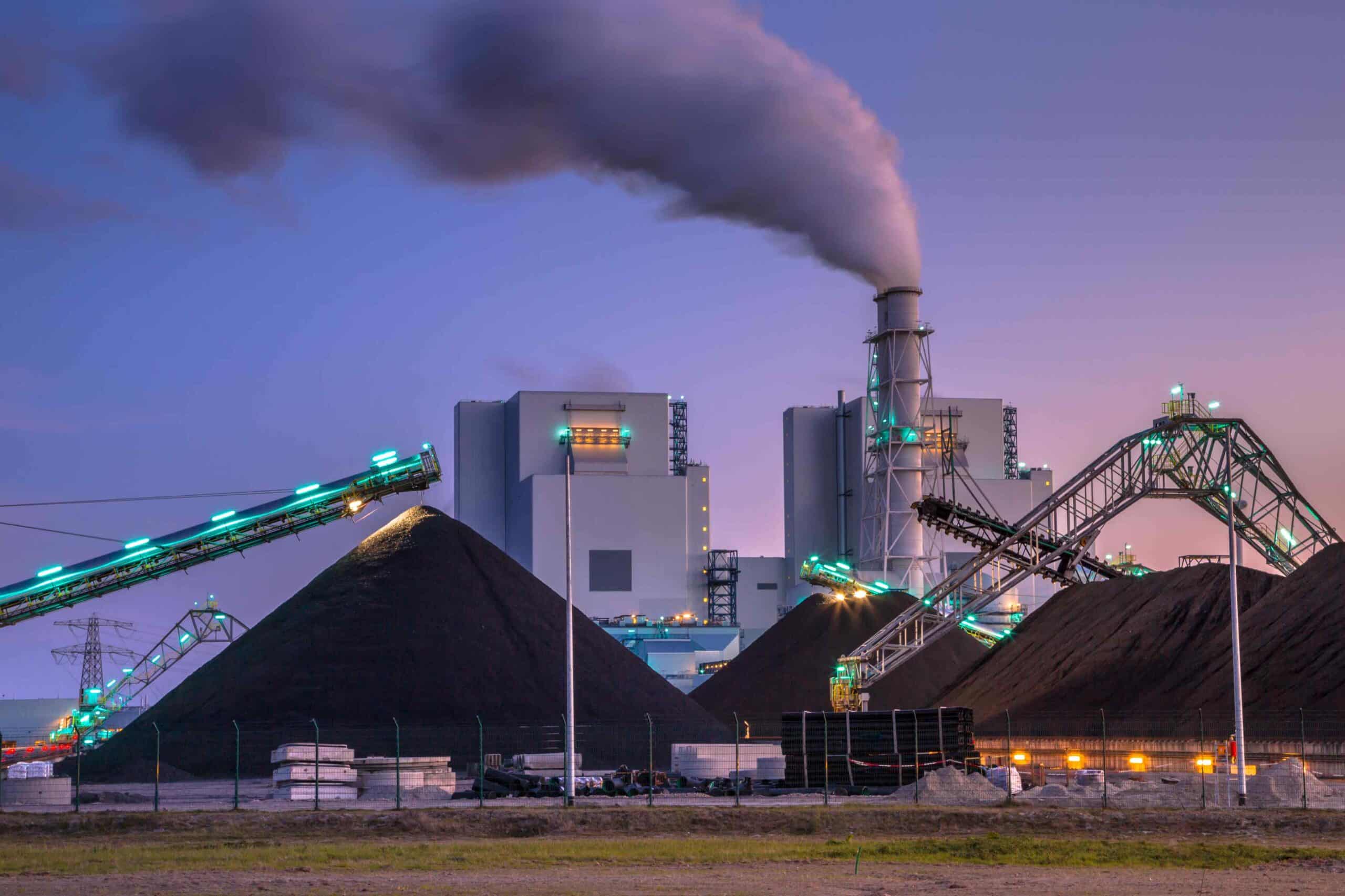POSTED
March 24, 2022
On War In Ukraine & U.S. Energy Independence
The unprovoked Russian war in Ukraine is a manufactured tragedy beyond comprehension. By all accounts, Ukraine was a sovereign nation peacefully living its independent existence, and for reasons known only to Vladimir Putin, Ukrainians were suddenly and violently attacked by more than 150,000 Russian troops, 1000s of tanks, advanced warships from air and sea, heavy […]

The unprovoked Russian war in Ukraine is a manufactured tragedy beyond comprehension.
By all accounts, Ukraine was a sovereign nation peacefully living its independent existence, and for reasons known only to Vladimir Putin, Ukrainians were suddenly and violently attacked by more than 150,000 Russian troops, 1000s of tanks, advanced warships from air and sea, heavy artillery, missiles, even cluster bombs, and hypersonic ordinance, with the implied threat of chemical, biological and god-forbid nuclear attack coming straight from the Kremlin. The Russians are clearly and deliberately targeting civilians, women, children, hospitals, food stores, and other critical infrastructure to bend the Ukrainian people to their will and their embarrassingly archaic nationalist fantasies.
Yet, in the face of annihilation, the Ukrainians have united under their common cause of independence, guided by the uniquely potent leadership of Volodymyr Zelensky, to resist with every cell in their collective bodies this Russian war. The stories of small farming towns setting traps for Russian tank brigades and winning, or teachers, technicians, and taxi drivers on the front lines are both harrowing and deeply humbling. From their strength, the world is standing up to back the Ukrainians in their fight.
We all may differ in the scope and scale of intervening in the war in Ukraine, but few deny that intervention to defend Ukraine is a moral imperative. This war is far from over, and the results will reverberate through history no matter the outcome. It is scary to contemplate.
Ukrainian resistance has afforded the world a chance to set change in motion. A devastating moment was thrust upon us and one which allows us to reassess our policies internationally and here at home. And while this new hostility-induced-plasticity has opened us up for change across many human disciplines, I want to offer a view into energy policy for our small part of this collective conversation.
But, no matter how much oil and gas we produce domestically, we will always be beholden to price shocks to fossil fuels from world events.
Issue one: The last month of war has set global reliance on Russian oil and gas in stark contrast against its competing carbon-reduction commitments at the international climate summit COP 26 last held in Glasgow in 2021. If we are to make our commitments a reality, we need to end fossil fuel reliance. Simple as that.
Issue two: For the time being we still use fossil fuels. Yet despite the US being nearly completely insulated from Russian sources of oil, prices at the pump have skyrocketed. If the US is the world’s largest producer, then why are Americans still feeling the shock? There are complicated takes regarding sweet crude vs sour crude and the oil exchanges we make with Russia (read here), which play a role. There are other takes about generalized inflation pressures from the pandemic, domestic spending, and the war in Ukraine, which all play a role. But, no matter how much oil and gas we produce domestically, we will always be beholden to price shocks to fossil fuels from world events.
Why?
Let’s compare fossil fuels to solar energy concerning actual energy independence. I have outlined several of the most important factors as I see them.
The Independence of Solar Energy Vs. Fossil Fuels
- Scalability
- Solar Energy is scalable to anything from a personal RV to a city and everything in between, all of which can is powered with essentially the same equipment: PV panels, inverters, and batteries.
- Fossil fuels are challenging to scale in this same way as there is a marked divergence in technology between a lawnmower and a coal plant. No one has a coal-powered steam turbine in their backyard, and no cities are powered by strung-together-lawnmowers, as much as I’d love to see the latter in action.
- Distributed Generation
- Solar Energy can be produced right at the demand source. So it is common for solar installation to be co-located with the end-user. That means it can be easily installed at a farmers pump house, or on the roof of a home, or placed on that vacant lot in your small town, all the way up to massive power plants where the energy is transmitted for export across state lines.
- Fossil fuels are distributed in the same way as solar for small and large applications, but it is very uncommon for a small town to power itself with a coal plant, it is more likely to import energy from a large plant. And for hospitals or other single-point users, diesel generators only last as long as the fuel is available. In an emergency, fuel may run out. With a solar installation, this can be very cost-effective at every scale.
- As a Commodity
- Solar Energy, once installed, is completely removed from price fluctuations. An existing solar plant does not need to import any barrels of lithium or silica to stay operational. Installed solar is a fixed and known quantity.
- Fossil Fuels, on the contrary, are utterly dependent on supplies of oil, gas, and coal, and additionally on the demand side of the equation. Because oil gas and coal supply and demand are fickle, prices fluctuate wildly due to macroeconomic conditions, the headlines of the day, or at the whim of a murderous dictator on the other side of the world. Fossil fuels will always rely on gas stations, piping, shipping, trucking, drilling, mining, prospecting, etc., forever. The difference is stark. Once a homeowner puts solar panels and a battery at home (already mandated in some states), or a utility-scale solar project is installed, it is completely independent of world events.
- Sourcing of Materials
- Solar Energy materials sourcing is becoming more and more diverse as the industry matures. The US has many new lithium deposits being developed, and prospecting for other minerals continues. This remains an enormous challenge for the solar industry in the long term, both from a price stability standpoint and as an environmental and humanitarian concern. Materials such as Graphite, Cobalt, Lithium, Manganese, Nickel, Aluminum, Steel, Copper Silica, and many others are vital for solar technology construction and manufacturing. These things come from all around the world. Most raw Lithium comes from Chile, Argentina, and Bolivia (the so-called Lithium Triangle), and raw Silicates from China and the US are common. The more sustainable we make this sourcing, the better solar technology gets for the world.
- Fossil Fuels historically come from drills and mines across the globe, with Russia, the Middle East, US. and Canada being standout exporters. But many of the original deposits have dried up, and so new prospecting is taking place in areas of critical habitat like national parks in Alaska, or even further north above the arctic circle, or south in the Gulf of Mexico. We all know too well what accidents in these areas look like. The competition for resources in the South China sea is likely to be the next hotspot for international disputes over fossil fuels.
- Emissions and Air Quality
- Solar Energy can be on your rooftop without health impacts. It can be installed as a community project down the street, or it can be scaled up to produce as much energy as a massive coal plant, yet with solar, blue skies will abound regardless of having a multi-megawatt energy installation nearby.
- Fossil fuels are quite different. Have you ever lived in the shadow of a coal cloud? Air pollution accounts for 1 in 5 deaths around the world. That’s right, 20% of ALL deaths. Fossil fuel emissions are also a primary contributor to climate change, a systemic risk that threatens the life and wellbeing of every single person on earth.
Our collective wait-and-see politics of decarbonization is utter insanity. But it only remains insane if we continue to repeat these mistakes over and again, despite the overwhelming evidence of this profound failure on yet another front.
Do we need to wait for yet another reason to phase out fossil fuels as soon as we can?
This moment has power, we should not waste it.






Where there is a will, there is a way.
Absolutely agree!
Pingback: HOW MUCH Climate Change Will Hurt Your Finances – Part 3: Transportation - Shasta Power